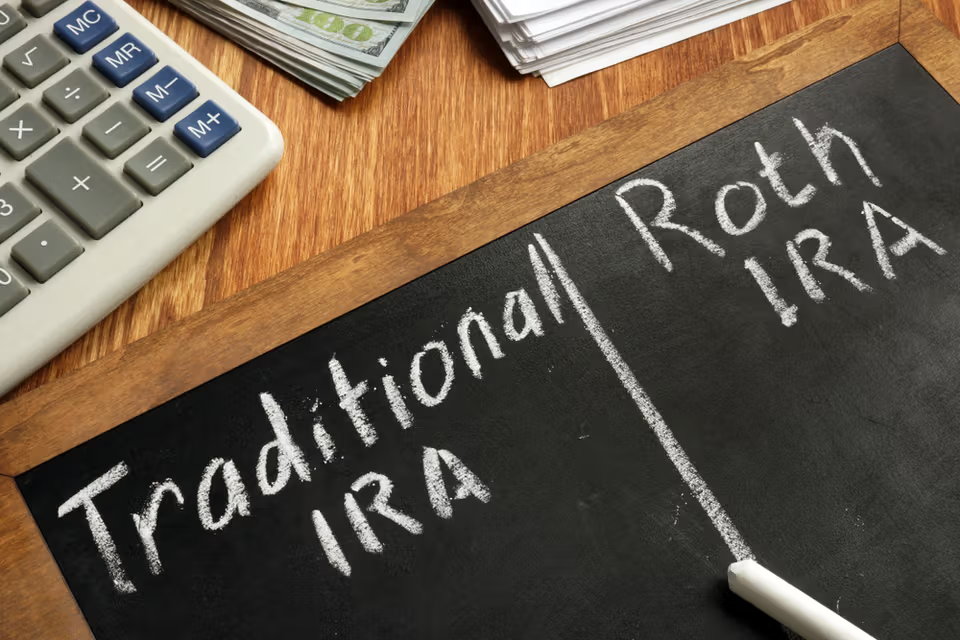
Individual Retirement Accounts (IRAs) are an essential part of retirement planning. They offer ways to save and invest with significant tax advantages. The two most common types are Roth IRAs and Traditional IRAs. Both have unique features and benefits that cater to different financial needs and situations. Understanding the differences between these two types of IRAs can help individuals make informed decisions about their retirement savings.
Roth IRA Features
A Roth IRA is a type of retirement account that provides tax-free growth and tax-free withdrawals in retirement. Contributions to a Roth IRA are made with after-tax dollars. This means that individuals pay taxes on the money before it is invested, but all future withdrawals, including earnings, are tax-free if they meet certain requirements.
Roth IRAs have income eligibility limits. For 2021, if you’re single, you must have a modified adjusted gross income of less than $125,000 to contribute to a Roth IRA fully. The contribution limit for 2021 is $6,000, or $7,000 if you’re age 50 or older.
Roth IRAs do not have required minimum distributions (RMDs). This means that unlike other retirement accounts, Roth IRA owners are not forced to take withdrawals at a certain age.
Traditional IRA Features
A Traditional IRA is a type of retirement account that provides tax-deductible contributions and tax-deferred growth. Contributions to a Traditional IRA are made with pre-tax dollars. This means that individuals can deduct their contributions on their tax return, which reduces their taxable income for the year. However, withdrawals in retirement are taxed as ordinary income.
There are no income limits for contributing to a Traditional IRA. However, the tax deductibility of contributions phases out at higher income levels if you or your spouse have a retirement plan at work. The contribution limit for 2021 is the same as for a Roth IRA—$6,000, or $7,000 if you’re age 50 or older.
Traditional IRAs have required minimum distributions (RMDs) starting at age 72.
Differences between Roth and Traditional IRAs
The primary difference between Roth and Traditional IRAs lies in the timing of their tax advantages. With a Roth IRA, you pay taxes upfront and enjoy tax-free withdrawals in retirement. With a Traditional IRA, you get a tax deduction when you contribute but pay taxes when you withdraw in retirement.
Another significant difference is the income eligibility for contributions. While anyone with earned income can contribute to a Traditional IRA, Roth IRAs have income limits.
Furthermore, Traditional IRAs require minimum distributions at age 72, forcing you to start withdrawing your savings. In contrast, Roth IRAs do not have RMDs, allowing you to let your money grow tax-free for as long as you live.
How to Choose Between Roth and Traditional IRA
Choosing between a Roth and Traditional IRA depends on your current financial situation and your anticipated financial situation in retirement.
If you expect to be in a higher tax bracket in retirement, a Roth IRA may be the better choice because you’ll benefit from tax-free withdrawals. If you anticipate being in a lower tax bracket in retirement, a Traditional IRA might be more advantageous because you’ll pay less tax on the withdrawals.
Additionally, if you want the flexibility of not having to take required minimum distributions, a Roth IRA would be the best choice. On the other hand, if you need a tax break now and don’t mind the RMDs, a Traditional IRA might be more suitable.
Both Roth and Traditional IRAs are powerful tools for retirement savings. The best choice depends on individual circumstances, including current and future tax brackets, income levels, and personal preferences regarding tax-free growth versus tax deductions. It’s important to consider these factors carefully and consult with a financial advisor if necessary. Ultimately, the most important thing is to start saving for retirement as early as possible, regardless of which type of IRA you choose.